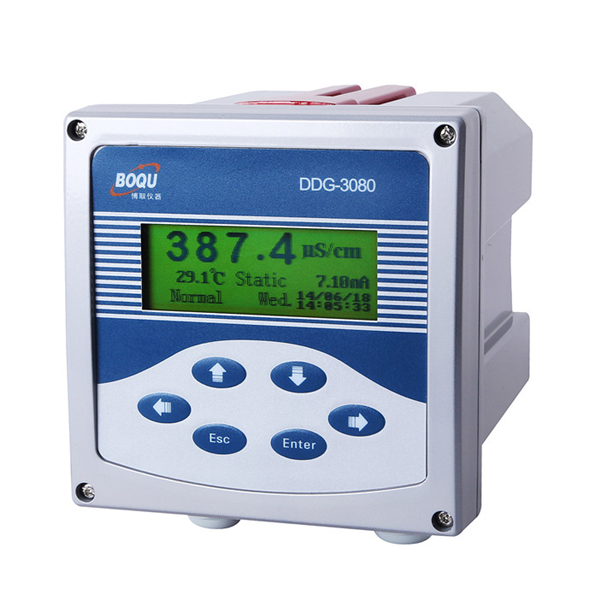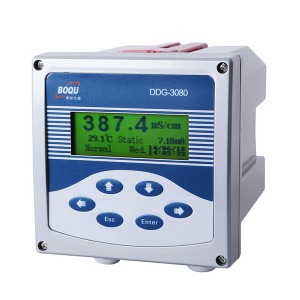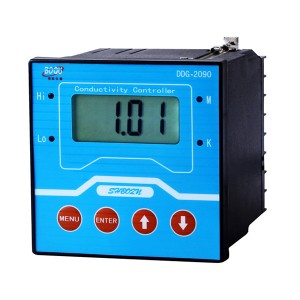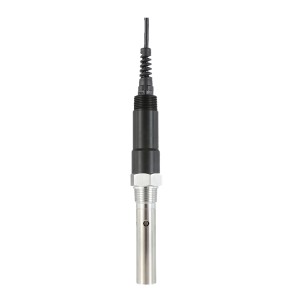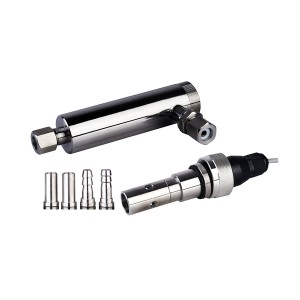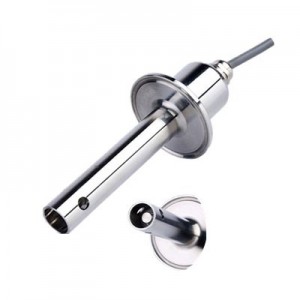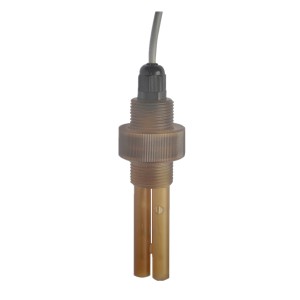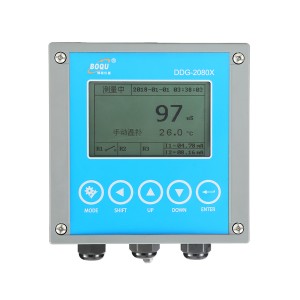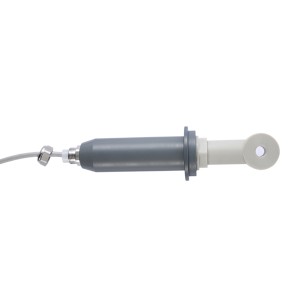Features
It has a complete English display and friendly interface. Various parameters can be displayed at the same time: conductivity, output current, temperature, time and status. Bitmap type liquid crystal display module with high resolution is adopted. All the data, status and operation prompts are displayed in English. There is no symbol or code that is defined by the manufacturer.
| Conductivity measuring range | 0.01~20μS/cm (Electrode: K=0.01) |
| 0.1~200μS/cm (Electrode: K=0.1) | |
| 1.0~2000μS/cm (Electrode: K=1.0) | |
| 10~20000μS/cm (Electrode: K=10.0) | |
| 30~600.0mS/cm (Electrode: K=30.0) | |
| Intrinsic error of the electronic unit | conductivity: ±0.5%FS, temperature: ±0.3℃ |
| Range of automatic temperature compensation | 0~199.9℃, with 25℃ as the reference temperature |
| Water sample tested | 0~199.9℃, 0.6MPa |
| Intrinsic error of the instrument | conductivity: ±1.0%FS, temperature: ±0.5℃ |
| Automatic temperature compensation error of the electronic unit | ±0.5%FS |
| Repeatability error of the electronic unit | ±0.2%FS±1 Unit |
| Stability of the electronic unit | ±0.2%FS±1 unit/24h |
| Isolated current output | 0~10mA ( load<1.5kΩ) |
| 4~20mA (load<750Ω) (double-current output for optional) | |
| Output current error | ≤±l%FS |
| Error of electronic unit caused by ambient temperature | ≤±0.5%FS |
| Error of the electronic unit caused by the supply voltage | ≤±0.3%FS |
| Alarm relay | AC 220V, 3A |
| Communication interface | RS485 or 232 (optional) |
| Power supply | AC 220V±22V, 50Hz±1Hz, 24VDC (optional) |
| Protection grade | IP65 , aluminium shell suitable for outdoor use |
| Clock accuracy | ±1 minute/month |
| Data storage capacity | 1 month (1 point/5 minutes) |
| Saving time of data under a continuous power-failure condition | 10 years |
| Overall dimension | 146 (length) x 146 (width) x 150 (depth) mm; dimension of the hole: 138 x 138mm |
| Working conditions | ambient temperature: 0~60℃; relative humidity <85% |
| Weight | 1.5kg |
| The conductivity electrodes with the following five constants are usable | K=0.01, 0.1, 1.0, 10.0, and 30.0. |
Conductivity is a measure of water’s capability to pass electrical flow. This ability is directly related to the concentration of ions in the water
1. These conductive ions come from dissolved salts and inorganic materials such as alkalis, chlorides, sulfides and carbonate compounds
2. Compounds that dissolve into ions are also known as electrolytes 40. The more ions that are present, the higher the conductivity of water. Likewise, the fewer ions that are in the water, the less conductive it is. Distilled or deionized water can act as an insulator due to its very low (if not negligible) conductivity value. Sea water, on the other hand, has a very high conductivity.
Ions conduct electricity due to their positive and negative charges
When electrolytes dissolve in water, they split into positively charged (cation) and negatively charged (anion) particles. As the dissolved substances split in water, the concentrations of each positive and negative charge remain equal. This means that even though the conductivity of water increases with added ions, it remains electrically neutral 2.

